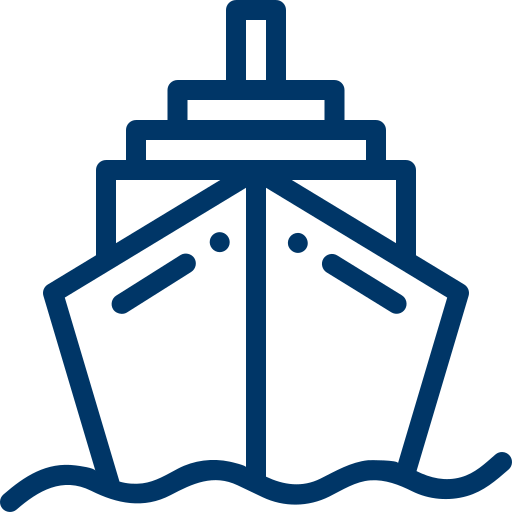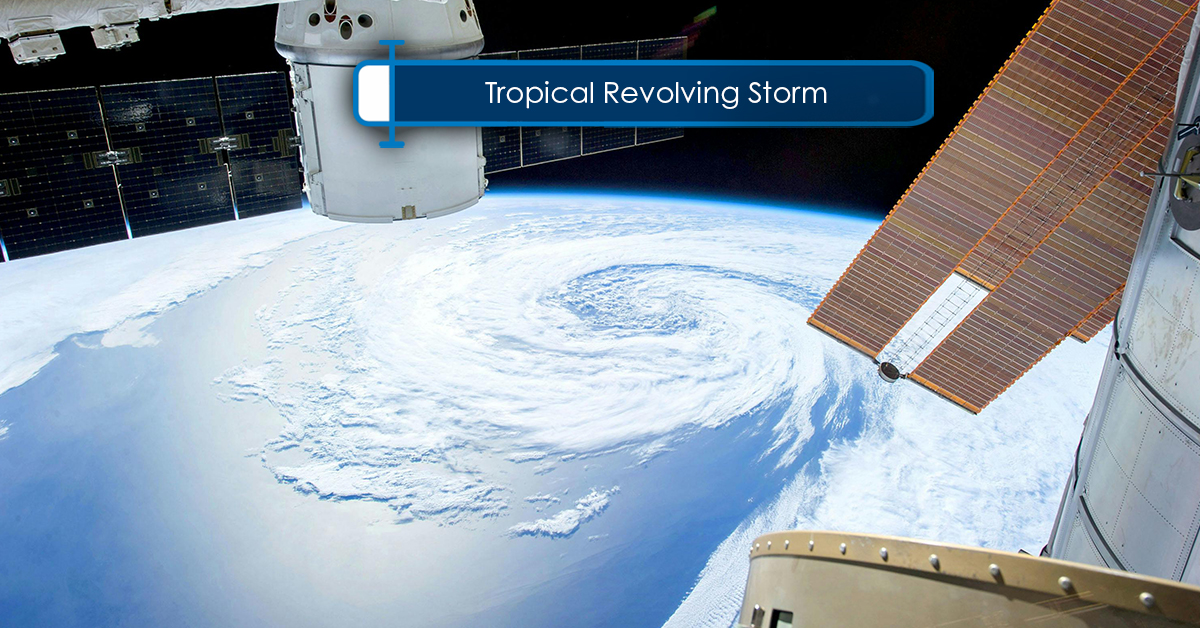by Capt Chatan Malhotra | Operations Manager
Tropical Revolving Storm is an intense rotating depression (a region of low pressure at the surface) which develops over the tropical oceans. It consists of a rotating mass of warm and humid air and creates strong winds, thunderstorm , heavy rains, very heavy seas and swell etc.
Some of the important characteristics of a Tropical Revolving Storm (TRS) are:







